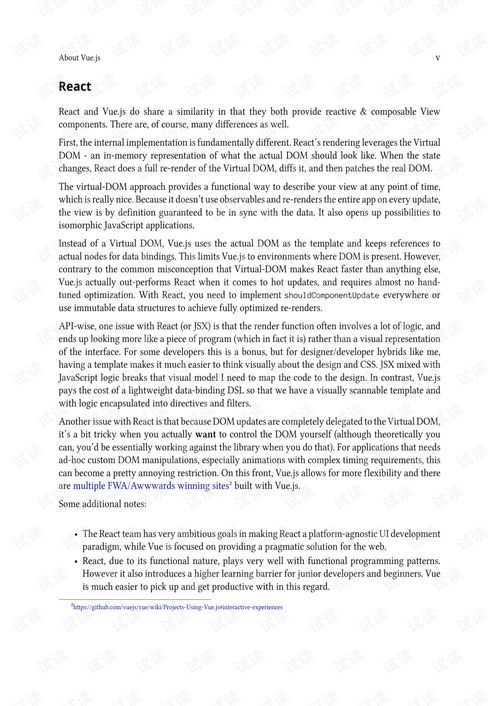Content:
Introduction: Angling, an ancient pastime that has stood the test of time, is a sport that requires patience, skill, and a deep understanding of the water and its inhabitants. Whether you're a seasoned angler or a beginner looking to expand your fishing horizons, mastering the art of catching both big and small fish can elevate your fishing experience. In this article, we'll delve into the essential techniques and tips that can help you improve your chances of landing a variety of fish sizes.
Choose the Right Equipment: The first step in catching fish of different sizes is to have the right equipment. Here are some key considerations:

a. Rod and Reel: Select a rod and reel that are appropriate for the type of fish you're targeting. For larger fish, a heavier-duty setup is necessary, while smaller fish can be caught with lighter gear.
b. Line: Use a line that matches the strength of your rod and reel. Monofilament, fluorocarbon, and braided lines each have their advantages, so choose the one that best suits your fishing conditions.
c. Lures and Baits: Depending on the fish you're after, you'll need different lures and baits. For bigger fish, opt for larger, more durable lures, while smaller fish can be caught with smaller, more subtle offerings.
Understand the Fish Behavior: To catch a variety of fish sizes, it's crucial to understand their behavior and habitat. Here are some tips:
a. Study the Water: Familiarize yourself with the body of water you're fishing. Observe the currents, vegetation, and structure that may attract fish.
b. Seasonal Patterns: Fish behavior changes with the seasons. During spawning seasons, fish may be more aggressive, while during cooler months, they may be more cautious.
c. Timing: Fish are most active at certain times of the day. Early morning and evening are typically the best times for catching fish.
Master the Art of Casting: Casting is a fundamental skill that can make or break your fishing experience. Here's how to improve your casting technique:
a. Practice: Spend time practicing your casting technique to develop a smooth, accurate throw.
b. Wind Management: Learn to cast into the wind to reach distant spots or to present your lure or bait in a more natural manner.
c. Adjust for Distance: Adjust your casting power based on the distance you need to cast. A gentle cast is often more effective for attracting smaller fish.
Presenting Your Bait or Lure: The way you present your bait or lure can significantly impact your success. Here are some tips:
a. Natural Movements: Mimic the natural movements of the fish's prey. For example, if you're targeting bass, use a lure that mimics the swimming action of a fish or frog.
b. Vary Your Speed: Experiment with different speeds to see which one triggers the most bites. Sometimes, a slow, steady retrieve can be more effective than a fast, erratic motion.
c. Pay Attention to the Bait: Ensure your bait is in good condition. Tattered or damaged baits may not attract as many fish.
Patience and Adaptability: Fishing is a game of patience. Here are some tips to help you stay focused and adapt to changing conditions:
a. Stay Patient: Don't get discouraged if you're not catching fish right away. Fish may be biting, but they may not be biting at your lure or bait.
b. Adapt Your Strategy: If you're not having success, don't be afraid to change your approach. Try different lures, baits, or techniques until you find what works.
Understanding Fish Size and Weight: When targeting both big and small fish, it's important to understand the difference in weight and how it affects your technique:
a. Lighter Tackle: For smaller fish, use lighter tackle to avoid overwhelming them. This can help you catch more fish without the risk of breaking them off.
b. Heavier Tackle: For larger fish, use heavier tackle to ensure you can handle the fight. However, be mindful not to use too heavy a setup, as it may spook the fish.
Conclusion: Catching both big and small fish requires a combination of the right equipment, understanding fish behavior, mastering casting techniques, and adapting to changing conditions. By following these tips and honing your skills, you'll be well on your way to becoming a more versatile and successful angler. Remember, fishing is a journey of learning and enjoyment, so take your time, enjoy the process, and cherish the moments you share with the water and its inhabitants. Happy fishing!












